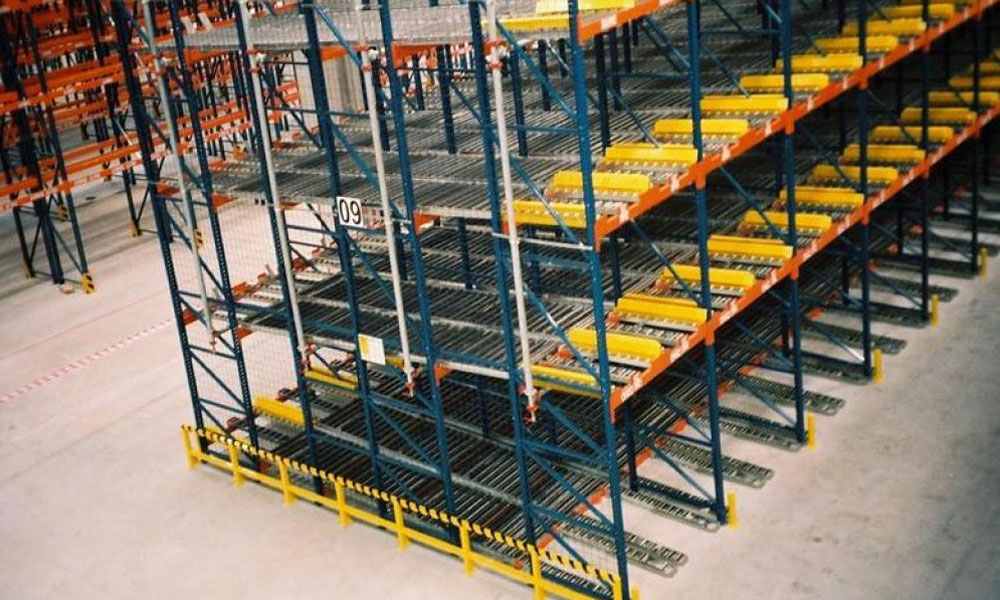
Efficient storage solutions are essential for businesses and organizations of all sizes. Rack systems play a crucial role in maximizing storage capacity and optimizing workflow. Storage racks Malaysia are structures composed of shelves or pallets that provide vertical storage space for goods, materials, or equipment.
They are commonly used in warehouses, distribution centers, and manufacturing facilities. Understanding the different components of rack systems is vital for efficient storage management.
Choosing the Right Rack Type
- Selective Racking: Selective racking is the most common rack system, allowing direct access to every pallet or item. It provides flexibility in inventory management and is suitable for businesses with a wide range of products and varying turnover rates.
- Drive-In/Drive-Through Racking: Ideal for high-density storage, drive-in/drive-through racks allow forklifts to enter the structure, stacking pallets one behind the other. Drive-in racking provides excellent space utilization but limits access to the last-in pallet, while drive-through racking enables access from both ends, allowing for first-in, first-out (FIFO) inventory management.
- Push Back Racking: Push back racking operates on a “last-in, first-out” principle and is suitable for high-density storage with multiple SKUs. Pallets are loaded from one side, and as new pallets are added, the previous ones are pushed back along inclined rails. This system ensures optimal use of space while maintaining accessibility.
Utilizing Vertical Space
- Mezzanine Floors: Installing mezzanine floors can significantly increase storage capacity by utilizing the vertical space in a facility. These intermediate levels provide additional shelving or rack systems without the need for structural modifications.
- Double-Deep Racking: Double-deep racking allows pallets to be stored two rows deep, effectively doubling storage capacity compared to selective racking. It requires specialized forklifts capable of reaching deeper into the racks.
Implementing Effective Storage Techniques
- Proper Inventory Classification: Categorizing inventory based on size, weight, turnover rate, and other relevant factors helps determine the most suitable rack system. It ensures efficient space allocation and easy access to frequently used items.
- FIFO and LIFO Systems: Choosing the right racks supplier Malaysia is crucial for optimizing storage efficiency. FIFO (first-in, first-out) is suitable for perishable or time-sensitive goods, while LIFO (last-in, first-out) may be more suitable for non-perishable items with no expiration date.
- Clear Labelling and Signage: Clearly labelling racks, shelves, and pallets improves accessibility and minimizes errors during picking and replenishment processes. Implementing barcode or RFID technology can enhance inventory tracking and streamline operations.
Safety Considerations
- Load Capacity and Weight Distribution: Ensuring rack systems are designed to handle the intended load capacity is critical for avoiding accidents and damage. Weight distribution should be balanced to prevent overloading and potential collapse.
- Regular Inspections and Maintenance: Scheduled inspections and maintenance routines are essential for identifying any structural issues, damaged components, or signs of wear and tear. Prompt repairs or replacements should be carried out to maintain the integrity and safety of the rack systems.
Conclusion
Efficient rack systems are fundamental to maximizing storage capacity, streamlining operations, and optimizing productivity. Investing in the right rack system and following best practices will result in improved inventory management, reduced costs, and enhanced customer satisfaction.




